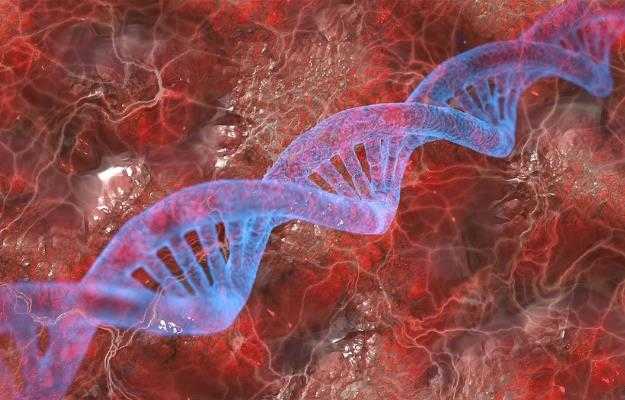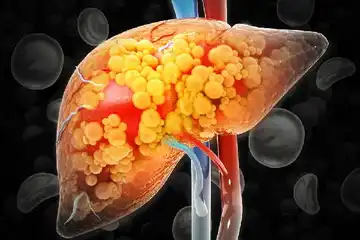Connective tissues join two or more parts of the body. Types of connective tissue in the body include flexible tissue like cartilage, dense tissue like fascia, specialised tissues like our bones and fluid tissues like blood.
Either due to genetically determined defects in the protein components of these tissues or due to inflammation produced by autoantibodies erroneously targeted towards the body's own connective tissues, connective tissue diseases arise.
Genetically inherited connective diseases, such as Marfan's syndrome, are rare syndromes. Whereas connective diseases like rheumatoid arthritis are more commonly occurring autoimmune diseases. The presentation (symptoms) of these diseases varies based on the site of inflammation of connective tissues.
Largely the management of these diseases consists of two components: symptomatic treatment and longer-term disease-modifying therapy. Rheumatologists (specialists dealing with autoimmune diseases) can effectively control the disease with the help of disease-modifying antirheumatic drugs (DMARDs), but relapses and remissions are expected and natural. The aim of the treatment remains to keep the disease in tight check to prevent irreversible deformities.

 Doctors for Connective tissue disease
Doctors for Connective tissue disease  OTC Medicines for Connective tissue disease
OTC Medicines for Connective tissue disease













































